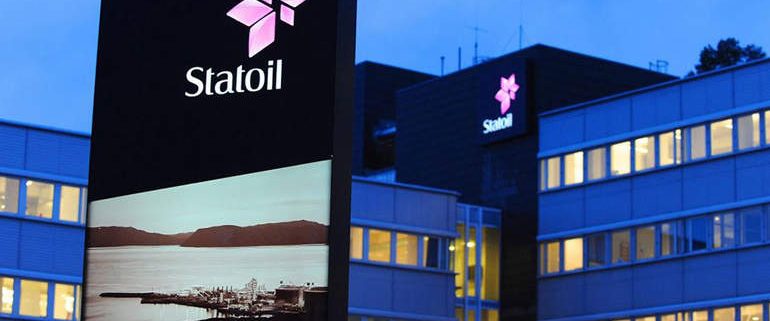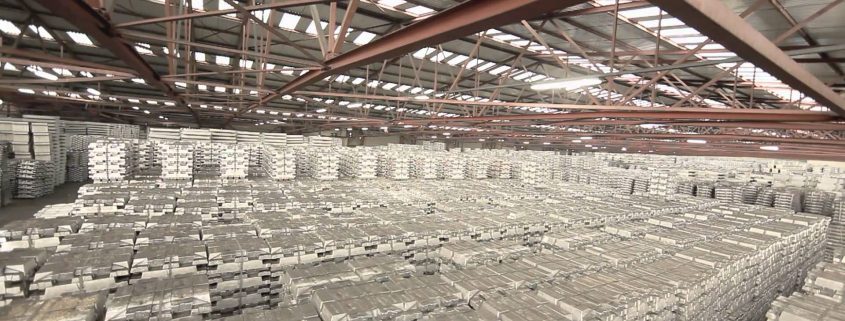Base Metals & Oil today
***If there is an image appearing on this blog that belongs to you and do not wish for it appear on this site, please E-mail with a link to said image and it will be promptly removed.***
Economic events in today’s market:
- Reserve Bank of Australia (RBA) Rate Statement
- UK Services Purchasing Managers Index (PMI)
- Australia Interest Rate Decision
Short review of metal prices today
Speaking of today’s trade, base metal movement & their volatility is mixed. The three month copper price rose up for 0.2%, leveling the $6,939 per tonne. Following, the lead price is 0.1% up. While the other base metals see a downwards movement with losses. Nickel prices are down for 0.2%, while the tin and lead prices are 0.4% lower.
Total trade volume today is average. Observing yesterday, monday’s trade came out with slight gains in copper and nickel. Aluminium prices fell for 1.1%.
Currently, precious metals are up total 0.2%. Spot gold price rose for a 0.2%, while palladium prices are also 0.2% up. Silver is up for 0.1%.
In SHFE Today, steel prices were 0.1% up. The gold and silver prices grew for 0.3%, and 0.6% respectively.
Observing the indices, and asian equities this morning.. Firstly, we notice the Kospi off 0.2%. Secondly, the Nikkei down 0.6%. Thirdly, the ASX 200 little changed, while the Hang Seng is up 0.2%. Finishing with the CSI 300 up 0.5%.
U.S. Oil industry is recovering from Harvey; Gasoline prices are slipping
Gasoline prices in the U.S. fell down, as a result of devastation which Harvey caused. Now the pipelines, shipping channels and all the capacity is easily recovering and restarting their operations.
According to U.S. guard reports, the Gulf Coast is recovering as Harvey had a great impact on refining capacities all over the shore. They still may are some restrictions on vessel drafts.
Pipelines
Key pipelines for fuel should be restarted. The production of oil in oil refineries should also improve the outputs. 
“ Harvey dumped as much as 50 inches (127 cm) of rain over Texas and Louisiana, forcing officials to close or restrict operations at ports from Corpus Christi, Texas, to Lake Charles, Louisiana. It also forced the closure of nearly a quarter of the nation’s oil refining capacity.” (Reuters)
In conclusion, while base metals are slightly volatile, some are still showing the upwards trend. Oil market in U.S. is recovering from Harvey impact, while this also is affecting the global market and the global oil supplies.
*If there is an image appearing on this blog that belongs to you and do not wish for it appear on this site, please E-mail with a link to said image and it will be promptly removed.*
















 U.S. benchmark cut the losses to fewer than 2%. Observing the first 4 days of the week it was slightly oscillating, then it plummeted for 4.8% on Thursday.
U.S. benchmark cut the losses to fewer than 2%. Observing the first 4 days of the week it was slightly oscillating, then it plummeted for 4.8% on Thursday.

 After a while, they went into a bruising fight. Now, finally, they are talking, although with opposing agendas.
After a while, they went into a bruising fight. Now, finally, they are talking, although with opposing agendas. After what happened, OPEC is preparing a trip for its officials. Aiming to visit Texas in order to check if it is possible for two industries to co-exist. Because if some new co-existing spirit is suffocated, the major future fights are near.
After what happened, OPEC is preparing a trip for its officials. Aiming to visit Texas in order to check if it is possible for two industries to co-exist. Because if some new co-existing spirit is suffocated, the major future fights are near.









 OPEC countries agreed on May 25th about extending the output cuts. However, this had a huge fast impact on Oil prices in negative way. The hedge funds reacted right away, and the global oil price went lower than predicted.
OPEC countries agreed on May 25th about extending the output cuts. However, this had a huge fast impact on Oil prices in negative way. The hedge funds reacted right away, and the global oil price went lower than predicted.